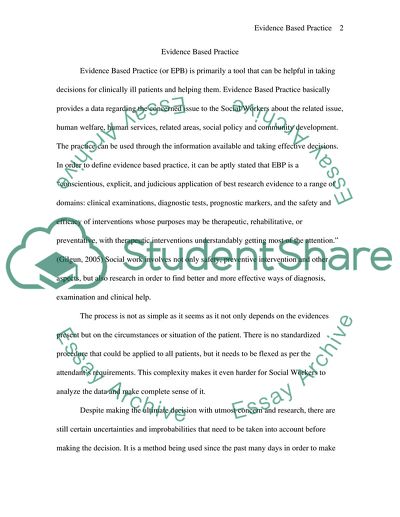Cite this document
(“Evidence Based Practice Its relevance and contribution to Social Work Essay”, n.d.)
Evidence Based Practice Its relevance and contribution to Social Work Essay. Retrieved from https://studentshare.org/psychology/1540281-evidence-based-practice-its-relevance-and-contribution-to-social-work
Evidence Based Practice Its relevance and contribution to Social Work Essay. Retrieved from https://studentshare.org/psychology/1540281-evidence-based-practice-its-relevance-and-contribution-to-social-work
(Evidence Based Practice Its Relevance and Contribution to Social Work Essay)
Evidence Based Practice Its Relevance and Contribution to Social Work Essay. https://studentshare.org/psychology/1540281-evidence-based-practice-its-relevance-and-contribution-to-social-work.
Evidence Based Practice Its Relevance and Contribution to Social Work Essay. https://studentshare.org/psychology/1540281-evidence-based-practice-its-relevance-and-contribution-to-social-work.
“Evidence Based Practice Its Relevance and Contribution to Social Work Essay”, n.d. https://studentshare.org/psychology/1540281-evidence-based-practice-its-relevance-and-contribution-to-social-work.


